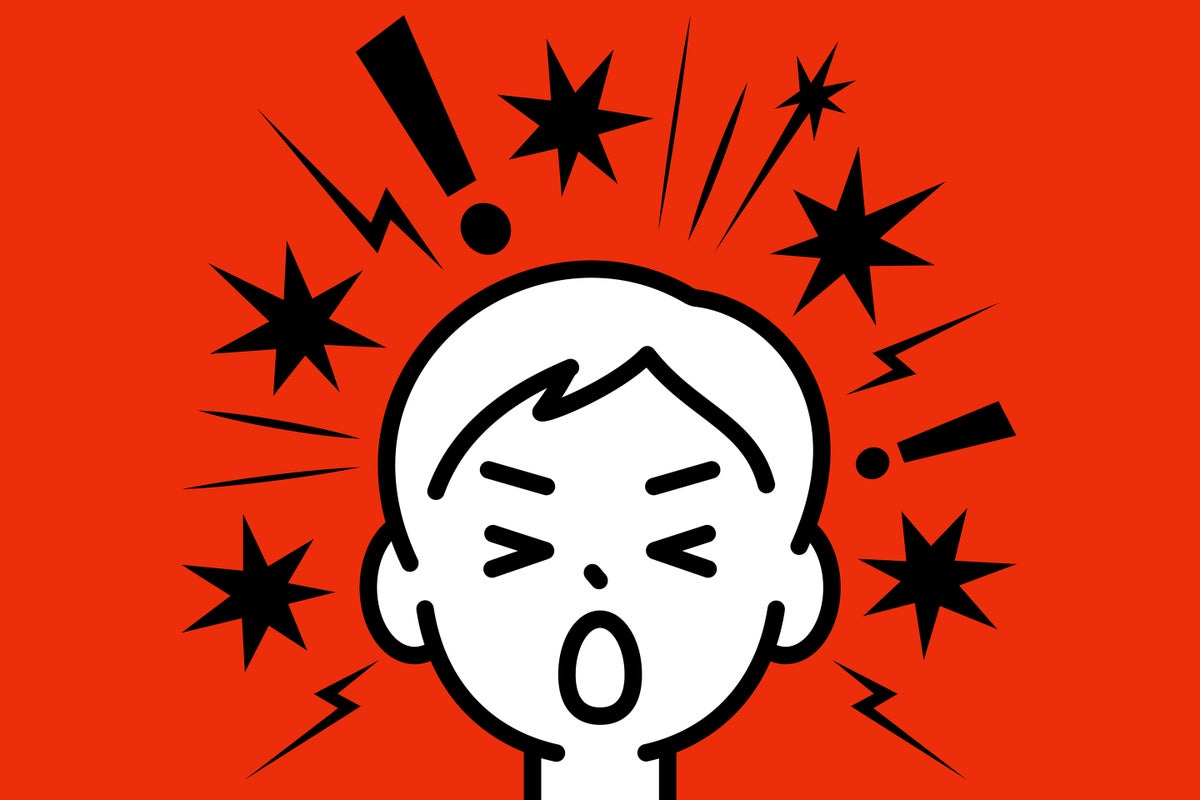Why Emotional Sounds Translate across Culture and Language

The Universal Language of Pain: How Sounds Reflect Our Emotions
Ouch! Exploring the Sounds of Pain Across Cultures
Imagine stubbing your toe. That sharp, sudden pain almost always triggers a vocal outburst – an "ouch," a groan, or maybe a yelp. But what if you stubbed your toe in Japan? Or Brazil? Would the sound you make be different?
Humans express themselves vocally in a myriad of ways, from spoken words to giggles, sobs, and screams. These nonlinguistic vocalizations, along with interjections like "ouch" or "wow," are used to express emotions and are found in every human culture studied. Yet, surprisingly little is known about how these sounds vary across the globe.
Decoding the Vowel Sounds of Emotion
In a recent study, researchers explored the vowel sounds in vocal expressions of pain, disgust, and joy across over 130 languages. The guiding principle was that the sounds we make aren't arbitrary but have evolved to support their communicative purpose.
Think about a pain cry. It's often loud, high-pitched, and harsh, designed to grab attention and signal distress. It's also typically produced with a wide-open mouth, almost forcing an "ah" sound. Try saying "ski" with your mouth wide open – it's nearly impossible! In contrast, "ee" sounds are easier to make with a smile-like mouth shape.
From "Ah" to "Eew": Mapping Vowel Sounds to Emotions
Building on previous research linking "ee" sounds with positive feelings, the researchers hypothesized specific vowel patterns for pain, joy, and disgust. They predicted pain would be dominated by "ah" sounds, joy by "ee" sounds, and disgust by schwa-like sounds like "uh," similar to a gagging sound.
To test these predictions, they analyzed hundreds of interjections from dictionaries and large language databases across various languages. They also recorded nonlinguistic vocalizations of these emotions from speakers of five different languages and analyzed the acoustic properties of the sounds.
Global "Ahs" for Pain: Unveiling Universal Vocal Signatures
The results revealed a striking pattern: across the globe, pain interjections contained a significantly higher proportion of "ah" sounds and related diphthongs (like "ow" or "ay"). While consistent patterns weren't as clear for joy and disgust interjections, the results were different for nonlinguistic vocalizations. As predicted, pain cries featured more open "ah" vowels, joyous sounds had more "ee" vowels, and expressions of disgust leaned towards schwa-like "uh" sounds.
This suggests a common human tendency to use certain sounds to convey specific emotions, with pain exhibiting the strongest cross-cultural consistency, regardless of whether expressed through an interjection or a nonlinguistic sound. This hints that pain interjections might have evolved from nonlinguistic vocalizations.
The Evolutionary Echoes in Our Words
This research offers fascinating insights into the potential link between sound and meaning in language evolution, suggesting that some words might not be entirely arbitrary but shaped, at least in part, by their communicative function. While further research is needed, these initial findings suggest that when you stub your toe and let out an "ouch," people across cultures will likely understand your pain.